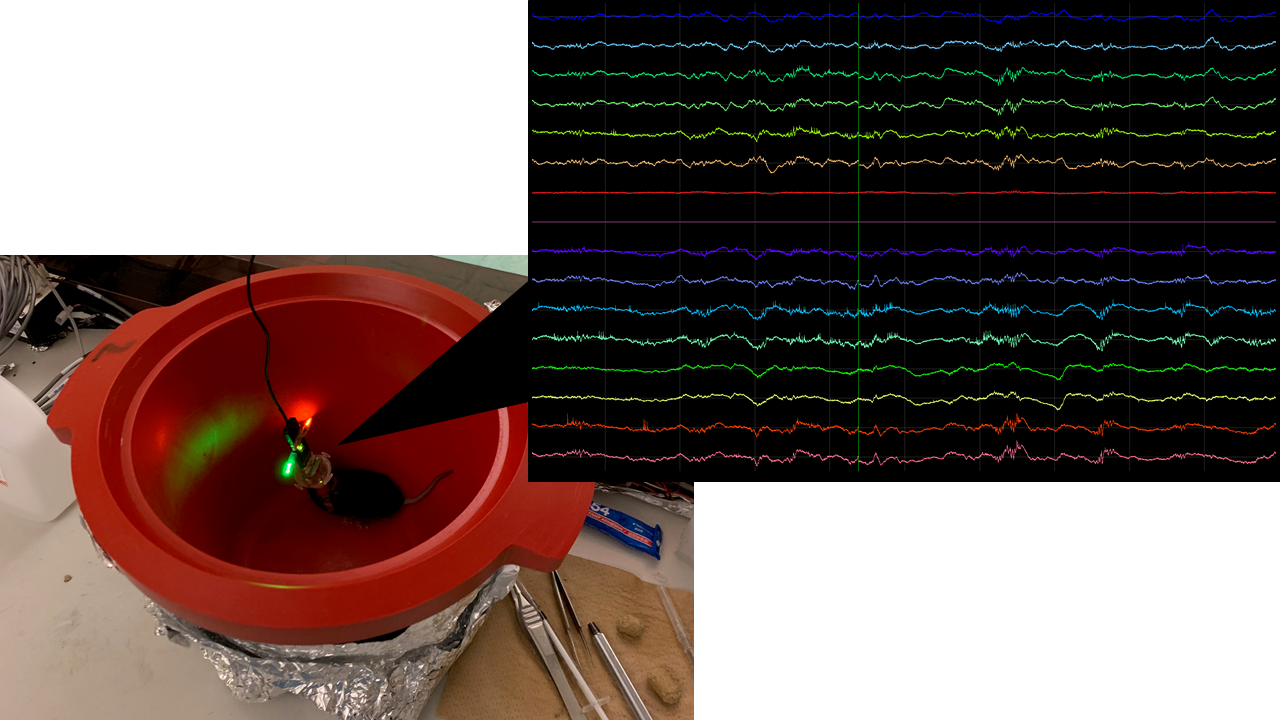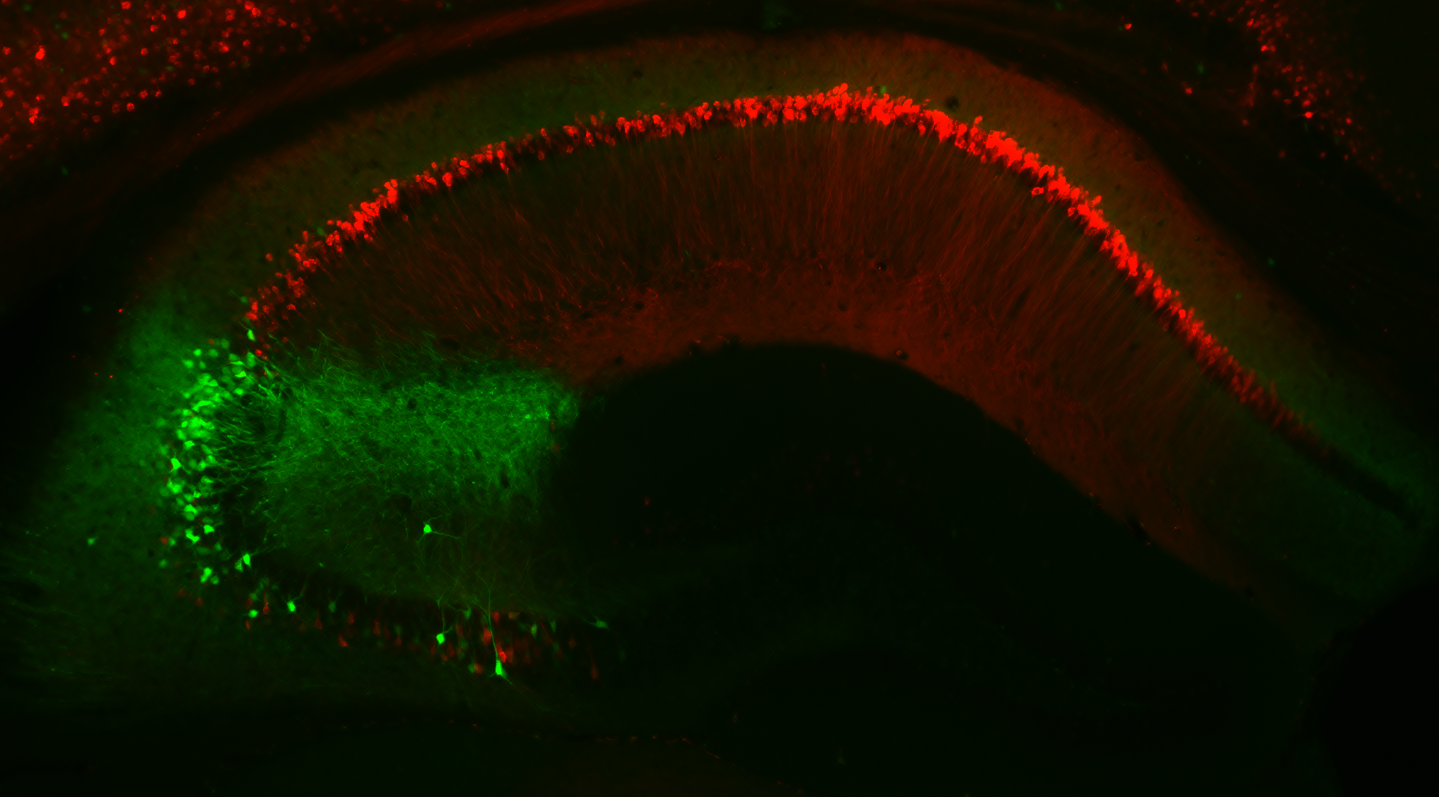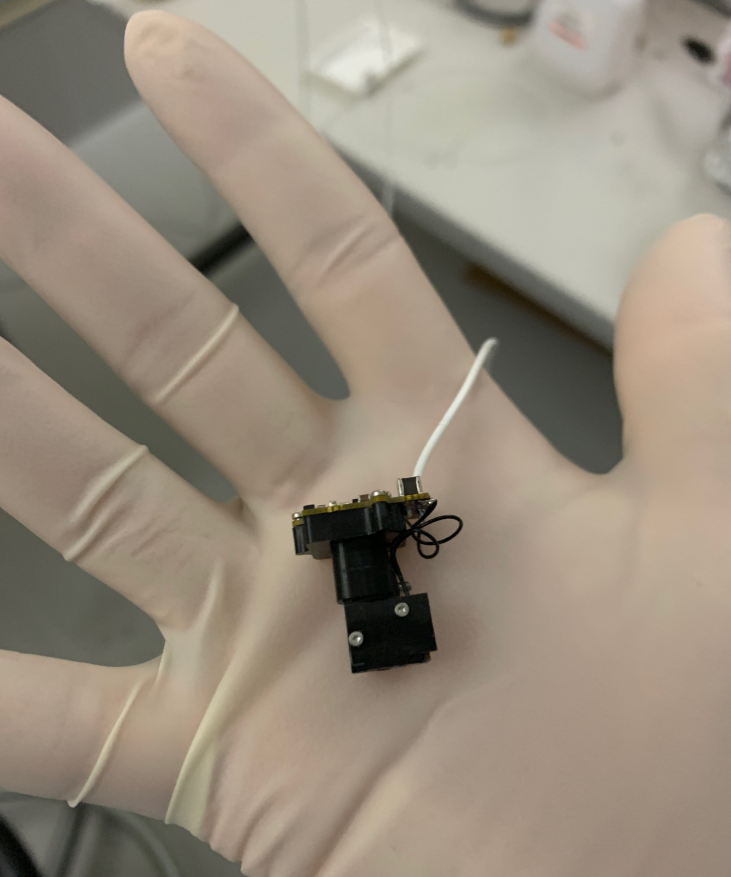Research
Research Aim
The Memory Research Unit aims to understand how memories are encoded, retrieved, and consolidated in the brain. Extensive evidence and theoretical works suggest unique roles of the hippocampus for these processes and propose its mnemonic processing of external/internal information. Nevertheless, its specific contribution remains unclear. Our goal is to provide a comprehensive view of the hippocampal role for memory.


Approach
To this end, we use in vivo electrophysiology (e.g. tetrode) and Ca2+ imaging (e.g. miniature microscope) in freely-moving mice, combined with genetic labeling/manipulation/tracing and behavior.



Projects
Our ongoing works focus on heterogeneity and dynamic nature in the hippocampal representations. Recent studies including ours reveal the hippocampal memory traces are not unitary rather heterogeneous even within a single anatomical subregion (e.g. Nakazawa et al., Hippocampus 2016; Tanaka* et al., Science 2018). Moreover, its spatial representation is found to be unstable over the course of days or weeks as opposed to a prediction as the neuronal substrate for spatial memory (Ziv et al., Nature Neuroscience 2013; Hainmueller and Bartos, Nature 2018; Tanaka* et al., Science 2018). These observations challenge long-standing ideas on the hippocampal role for memory.
Our unit addresses specific contributions of these distinct memory traces to memory encoding, retrieval, and consolidation by characterizing their physiology and circuits.




